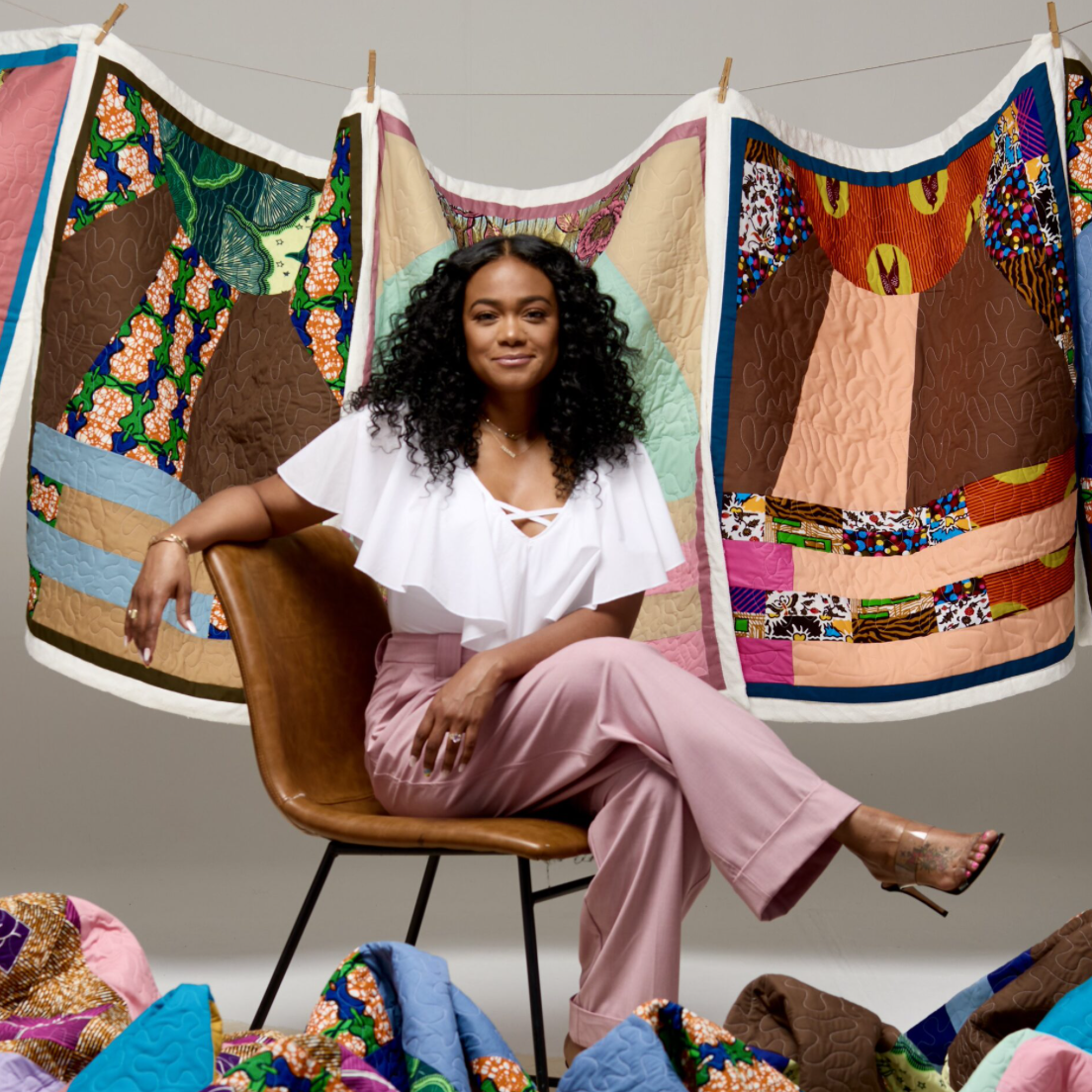Breastfeeding is something I always knew I wanted to do when I became a mother. As a person who was breastfed until the age of two, I knew that it was not only normal but feasible, even as a working person. As my friends began to have children ahead of me, I watched all of them feed their infants from their bodies. Some struggled more than others, but ultimately all were/ are able to share the precious experience with their babies. Now that I’m a mother myself I’ve been able to breastfeed my daughter for all of her 14 months of life. Originally I had hoped we would make it through the first year, but as we sailed past the 12 month mark, I’m feeling confident we can make it until 1.5 years, maybe even two.
When I gave birth in May 2020, we were in the beginning stages of this pandemic, and fear, speculation, and miseducation about the virus were at their peak. Breastfeeding was very comforting and reassuring to me since I knew that despite our inherent vulnerabilities I was giving my baby the best and healthiest start to her life possible and that the benefits of the practice would help keep her healthy even after we stopped.
Like most mamas-to-be, I knew of common concerns and questions like will my breasts sag afterward, will my teething baby bite me, how will my sleep and work schedules be affected, etc. However, there were some challenges that still caught me by surprise about the process both physically and emotionally.
Physically, I was not prepared to be so exhausted! I expected to have sleepless nights with an infant, but I did not anticipate the fatigue that would result from breastfeeding would persist no matter the time of day. Sometimes, even when I’m feeling energized, I’ll feed her and instantly be ready for a nap. Not to mention the nutritional toll it has taken on my body. As my midwife reminds me, the baby will always get what she needs nutritionally. If I’m not getting enough nutrients in my food, the baby will pull from those stored in my teeth and bones. Even after a year, I still struggle a bit to make sure I’m getting enough food and hydration to sustain the huge tax on my body.
The second thing that surprised me about breastfeeding was how personal and intimate the practice was to me. As a person with many mom friends, I’m very used to seeing people breastfeed next to me and in public. I fully support every mom that ignores and defies the stigma around breastfeeding in public— after all, babies need to eat when they need to, and no one, baby included, wants to eat in a bathroom! However, I found that when it comes time to feed my own baby in public, I feel a slight hesitation. I’m still working through exactly what makes me feel shy about exposing my chest ( even partially covered) in public— is it internalized sexualization of my breasts or an aversion to onlookers, especially men? Likely a combination of both, sometimes I still find myself nervous before having to feed my daughter in public, as though our private moment is exposed to undeserving eyes. However, despite my anxieties, I still feed her on demand and use a baby blanket to cover myself as best as possible.
Despite the toll on my body and the unexpected hesitancy about breastfeeding in public, it continues to be such an invaluable experience for both me and my baby. Our close bond, her strong immune system, and the autonomy we’ve created are worth every obstacle.
Amanya Maloba is a multi-disciplinary artist and healer with a focus on fiction, poetry, movement, and plant-based medicine. She is co-founder/Editor-in-Chief of Women.Weed.WiFi —an all-womxn of color art collective— a published author, entrepreneur, and community connector. Amanya is also a yoga instructor, doula, and mother.







































